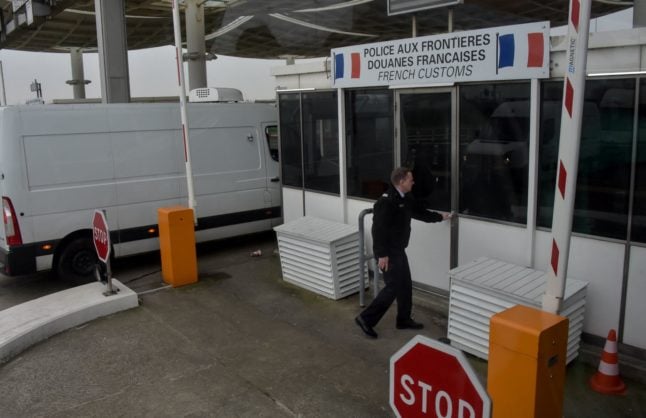The World Travel & Tourism Council says that France is on course to be named ‘most visited tourist destination in the world’ for 2023, while the UN’s World Tourism Organisation says that France’s tourist numbers rebounded to pre-pandemic levels, with 99 percent of the visitor numbers seen in 2019.
France was first named the world’s most-visited destination in 2014 and held its crown until 2019. After the disruption caused by the Covid pandemic and subsequent travel restrictions, tourism began rebounding across the world in 2022, with 2023 recording pre-pandemic tourism levels in most places, according to the WTO.
READ MORE: Five UNESCO recognised sites in France you should visit
France and neighbouring Italy both saw 99 percent of their 2019 tourism numbers.
Julia Simpson, WTTC President and CEO, said: “France’s commitment to Travel and Tourism is not just reflected in the impressive data, but in the unwavering efforts of the government.
“President Macron recognises the real value Travel and Tourism brings to France in terms of the economy, jobs and its standing on the world stage. His support has ensured France remains the world’s most popular destination.”
France’s aviation authority also revealed that air traffic in December 2023 had matched 2019 levels, for the first time since the pandemic.
Over the whole of 2023, passenger numbers in France amounted to 94.5 percent of the pre-crisis level, at just under 170 million, the DGAC authority said in its monthly statistics release.
The devastating impact of Covid-19 containment measures on air travel slashed French passenger traffic in 2020 to 30 percent of 2019 pre-pandemic levels.
It clambered back to 39 percent in 2021 and 80 percent the year after.
Last year’s figure was boosted by international travel, with trips to the United States and other European Union countries around 2019 levels, while links with Africa were up 13 percent on four years before.
In 2023, France was particularly popular with the Spanish (up 64 percent compared to 2019), Canadians (+54 percent), Irish (+19 percent) and South Koreans (+16 percent), according to WTTC data. With 6.3 million visitors in 2023, the Eiffel Tower was also more popular than in 2019, according to its operating company Sete.
French tourism bosses are expecting 100 million visitors in 2024, with numbers expected to be boosted by events marking the 80th anniversary of the D-Day landings in June, followed by the Paris Olympics and Paralympics over the summer.
READ MORE: 14 reasons to visit France in 2024
Around 10 percent of France’s total GDP comes from tourism – although only around 30 percent of this comes from international tourism, the rest is accounted for by France’s strong ‘staycation’ culture, especially over the summer as millions of French people leave the cities and travel to the beaches or countryside.



 Please whitelist us to continue reading.
Please whitelist us to continue reading.
Member comments